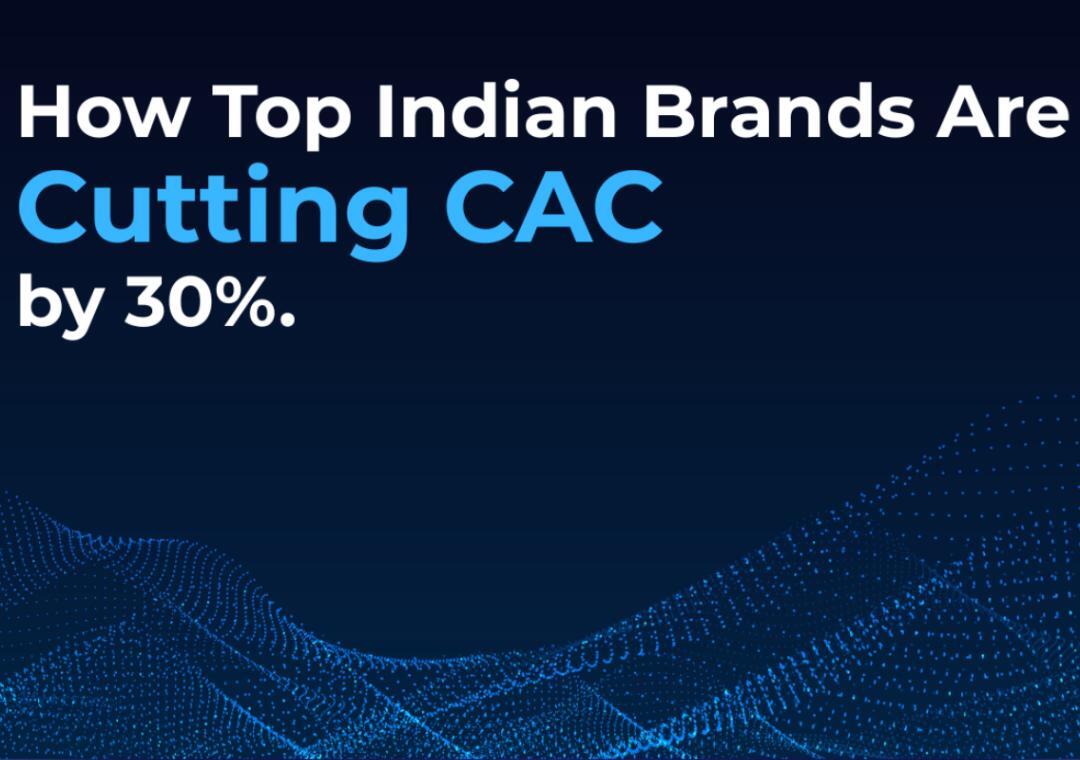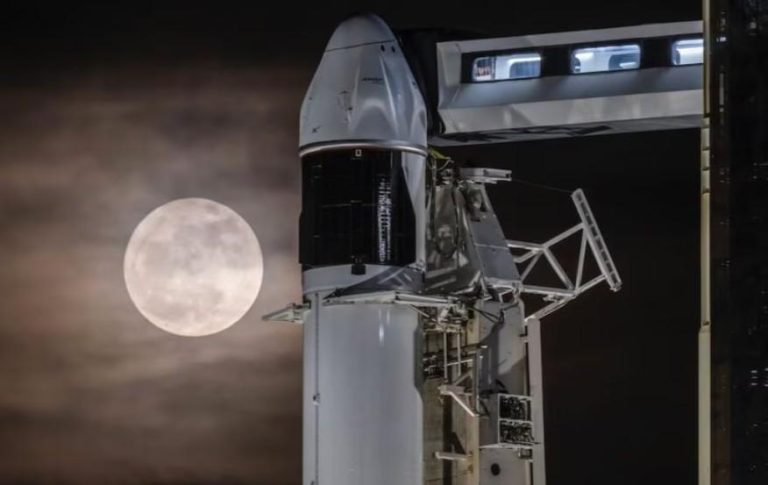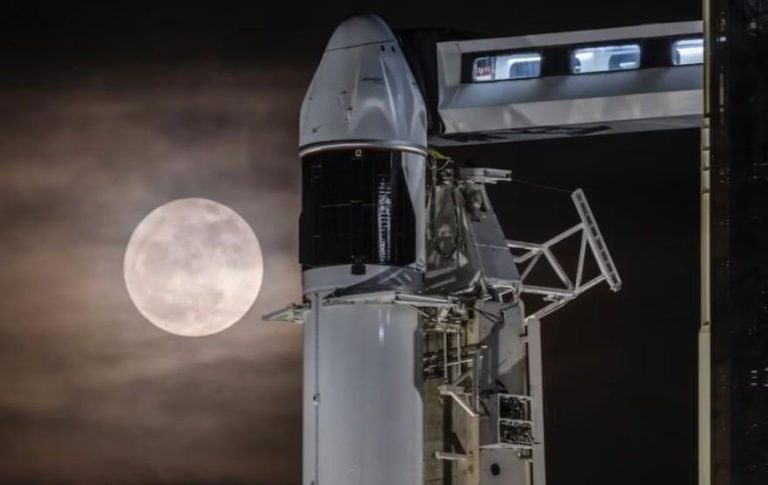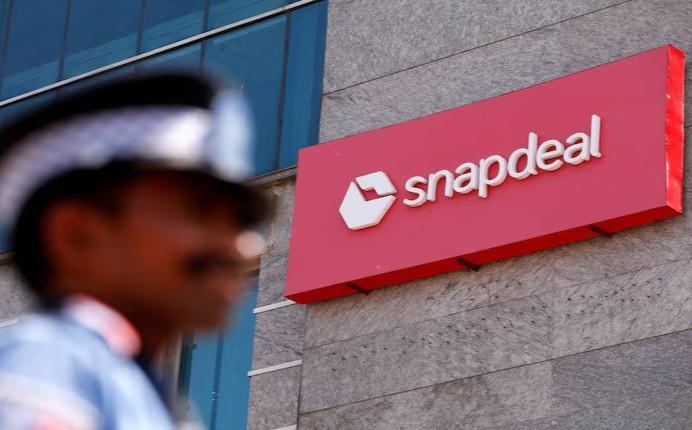
Indian Brands Slash CAC by 30% using AI
In today’s digital landscape, cutting costs while maintaining a strong online presence is a top priority for e-commerce brands. One of the most significant expenses for direct-to-consumer (D2C) brands is customer acquisition cost (CAC). Indian brands, in particular, are no exception. With the growing competition in the e-commerce space, it’s essential for brands to optimize their marketing strategies to achieve a lower CAC.
Fortunately, the advent of artificial intelligence (AI) has made it possible for Indian D2C brands to slash their CAC by up to 30%. By leveraging AI-powered predictive signals, these brands can identify high-intent users early in the funnel and target them with precision.
In this blog post, we’ll explore how top Indian brands are using AI to cut their CAC by 30% and drive more conversions. We’ll also delve into the benefits of using AI-powered predictive signals and how they can help D2C brands optimize their marketing strategies.
The Challenge of High CAC
For Indian D2C brands, the challenge of high CAC is real. With millions of new online shoppers entering the market every year, the competition for customer attention is fierce. To stand out from the crowd, brands need to invest heavily in marketing and advertising campaigns. However, this can be a costly and inefficient strategy, especially if the targeting is not precise.
According to a report by GrowthJockey, the average CAC for Indian D2C brands is around 30-40% of their revenue. This can be a significant burden for small and medium-sized businesses, which may not have the resources to invest in expensive marketing campaigns.
The Solution: AI-Powered Predictive Signals
So, what can Indian D2C brands do to reduce their CAC? The answer lies in AI-powered predictive signals. By using machine learning algorithms and data analytics, brands can identify high-intent users early in the funnel and target them with precision.
Intellsys, a leading AI-powered marketing platform, has been working with top Indian D2C brands to help them reduce their CAC by up to 30%. According to Intellsys, their predictive signals can identify users who are likely to convert and target them with personalized ads.
“The key to reducing CAC is to identify high-intent users early in the funnel and target them with precision,” says Rohan Kumar, CEO of Intellsys. “Our AI-powered predictive signals can do just that, helping D2C brands to cut their CAC by up to 30%.”
How AI-Powered Predictive Signals Work
So, how do AI-powered predictive signals work? The process involves several steps:
- Data Collection: Intellsys collects data on user behavior, including browsing history, search queries, and purchase history.
- Machine Learning Algorithms: Intellsys uses machine learning algorithms to analyze the data and identify patterns and correlations.
- Predictive Signals: Based on the analysis, Intellsys generates predictive signals that indicate which users are likely to convert.
- Targeting: The predictive signals are used to target users with personalized ads, increasing the likelihood of conversion.
Benefits of AI-Powered Predictive Signals
So, what are the benefits of using AI-powered predictive signals? Here are a few:
- Reduced CAC: By targeting high-intent users, brands can reduce their CAC by up to 30%.
- Increased Conversions: AI-powered predictive signals can increase conversions by up to 20%.
- Improved ROI: By targeting the right users with the right ads, brands can improve their ROI by up to 30%.
- Better Customer Insights: AI-powered predictive signals can provide valuable insights into customer behavior, helping brands to optimize their marketing strategies.
Case Studies: Top Indian Brands Using AI-Powered Predictive Signals
Several top Indian brands have already seen the benefits of using AI-powered predictive signals. Here are a few case studies:
- Xtra, a popular online fashion brand, used Intellsys’ predictive signals to reduce their CAC by 25%. The brand saw a significant increase in conversions and improved their ROI.
- The Moms Co, a leading online beauty brand, used Intellsys’ predictive signals to target high-intent users and saw a 20% increase in conversions.
Conclusion
In conclusion, Indian D2C brands can slash their CAC by up to 30% using AI-powered predictive signals. By leveraging machine learning algorithms and data analytics, brands can identify high-intent users early in the funnel and target them with precision.
Intellsys, a leading AI-powered marketing platform, has been working with top Indian D2C brands to help them reduce their CAC and drive more conversions. With the ability to identify users who are likely to convert and target them with personalized ads, AI-powered predictive signals can help D2C brands optimize their marketing strategies and achieve a lower CAC.
Source:
https://www.growthjockey.com/blogs/how-top-indian-brands-are-cutting-cac-by-30-with-intellsys





